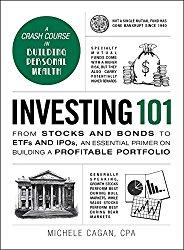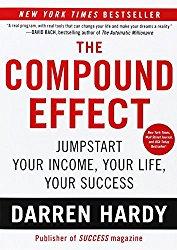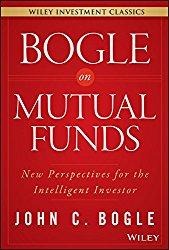There was an interesting article in Money magazine this month about dollar cost averaging. Typically, this is where you would buy investments at regular intervals, for example putting $500 per month into a mutual fund over a period of several years. The idea is that then you buy shares both when prices are high and low, buying more shares when they are low (since you’re putting in a fixed amount of money each month). Buying more shares when prices are lower means that you’ll get a cost basis lower than the average stock price for the period over which you were buying, so even in a flat market you’ll make a small profit. Dollar cost averaging is a great idea since it 1) does get you a good price and 2) gets you putting away money regularly, which is the secret to becoming financially independent.
What the article was really talking about, however, was whether it was better to invest a lump sum all at once, or invest a portion of the money each period over several periods. For example, if you got a $1M inheritance or a big lump sum payout from a pension fund, should you invest it all at once or maybe put in $50,000 per month for a couple of years. Their conclusion was that it is better to just drop it all in at once. I’m not sure I agree.


Find Books on Investing from Amazon
They cited a study by Vanguard that showed that you’d be better off 2/3rds of the time just investing all at once than spreading it out over several periods. This makes sense since the market goes up about 2/3rds of the time. Their reasoning for doing so despite what happens the other 1/3rd of the time – when the market declines after you invest – is that if you plan to put 60% in stocks and 40% in bonds, for example, you’re already investing to manage risk. It therefore makes little sense to hold back cash and go against your investing plan.
The problem I have with this plan is psychology. It would be devastating for most people to invest the $1 M they’ve gathered up all of their lives in their pension plan and see a 40% loss as we saw in 2008. It would be even worse to see another event like the market crash of 1929 where 90% of the value was wiped out and it was more than 15 years before people were back to even. Many people would simply cash out and go into T-bills and bank CDs after suffering through such an event. As we saw in 2009 and 2010, this is often exactly the wrong thing to do since markets have almost always recovered fully from such events within a year or two (1929 being the exception). If someone invested just $100,000 of a $1 M lump sum right before the drop, hopefully they would see it as an opportunity and continue to invest in regular increments. Even in 1929 they would have made out like bandits this way because it is right after large drops that the market is on sale.
Learn how to use mutual funds from the founder of Vanguard:

So yes, statistically it is better to invest all at once, but psychologically it is better to wade in slowly. The consequences of dropping a large sum into the market right before a major event are also so severe that a 66% probability of doing better just really isn’t worth the consequences of being wrong.
Even when building up position in a stock I tend to wade in, rather than taking the plunge all at once. For example, if I wanted to build up a 1000 share position in BJ’s Restaurants International (a company I usually have a big position in and which I have on now), I wouldn’t typically just put $40,000 into it to buy 1000 shares at $40 even if I had the cash sitting around. Instead, I might buy 200-300 shares, gather up more cash over the next month or two, then buy another 200-300 shares. If the stock drops in price, I might use the opportunity to buy more shares at once. Doing so actually makes drops in share price a good thing that I look forward.
Join the conversation and help make this blog more exciting! Please leave a comment. Also, if you have an investing question, email [email protected] or leave the question in a comment.
Disclaimer: This blog is not meant to give financial planning advice, it gives information on a specific investment strategy and picking stocks. It is not a solicitation to buy or sell stocks or any security. Financial planning advice should be sought from a certified financial planner, which the author is not. All investments involve risk and the reader as urged to consider risks carefully and seek the advice of experts if needed before investing.
